Flooring plays a crucial role in a home’s overall appeal, and today’s buyers are more selective than ever. While some flooring options were once considered trendy or practical, shifting tastes and concerns over durability and maintenance have led to a decline in their popularity. Buyers now prioritize modern, low-maintenance materials that add value to a home without requiring constant upkeep. As a result, many traditional flooring choices are being left behind in favor of newer, more resilient alternatives.
If you’re considering selling your home or planning a renovation, it’s important to know which flooring styles may turn buyers away. From outdated carpets to high-maintenance finishes, the following flooring choices are some of the most commonly avoided by today’s home buyers.
1. Carpet in High-Traffic Areas
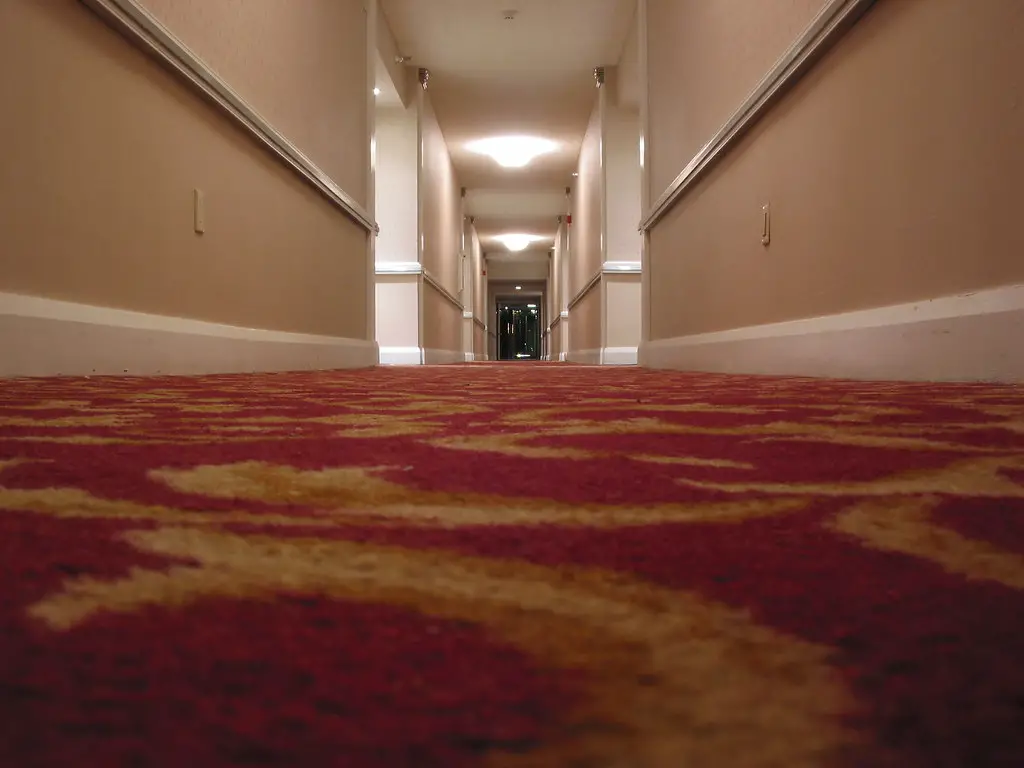
Carpet used to be a staple in living rooms, hallways, and stairs, but many buyers now see it as outdated and difficult to maintain. High-traffic areas quickly show wear and tear, with flattened fibers, stains, and embedded dirt becoming unavoidable over time. Even with regular vacuuming and deep cleaning, carpet tends to hold onto allergens and odors, making it an unappealing option for buyers with pets or allergies. The rise of modern, easy-to-clean flooring alternatives has made carpet less desirable in these spaces.
Instead, buyers are opting for hardwood, luxury vinyl plank (LVP), or tile, which provide durability and a sleek, contemporary look. These materials are easier to maintain, last longer, and allow for area rugs to be added for comfort and style. Many home buyers also see carpet removal as an additional expense they’d rather avoid. For sellers, replacing carpet in high-traffic areas with a more resilient option can make a home significantly more appealing.
2. White or Light-Colored Tile

White or light-colored tile was once a favorite for creating a bright and airy space, but many home buyers now see it as impractical. Light floors show every speck of dirt, scuff mark, and footprint, requiring constant maintenance to stay clean. The grout between tiles is another major drawback, as it tends to stain and discolor over time, making even well-maintained floors look dingy. For busy buyers who want low-maintenance homes, white tile is often a dealbreaker.
Darker or patterned tiles are becoming the preferred alternative, as they provide a modern look while hiding dirt and wear more effectively. Textured or matte-finish tiles are also growing in popularity because they reduce the appearance of smudges and streaks. Buyers are increasingly choosing flooring that balances aesthetics with practicality, ensuring their home looks stylish without demanding constant upkeep.
3. Laminate Flooring with an Artificial Look
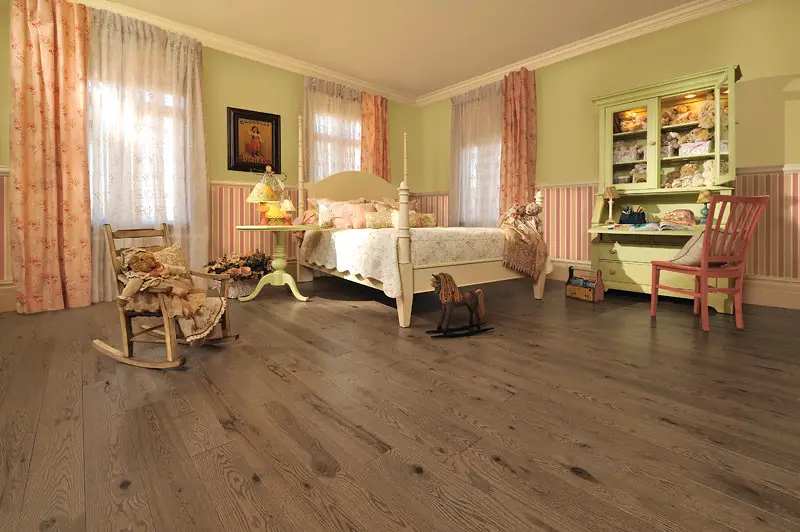
Laminate flooring gained popularity as a budget-friendly alternative to hardwood, but many home buyers now shy away from it. Older laminate often has an overly glossy finish and unrealistic wood grain patterns, making it obvious that it’s not real wood. Additionally, low-quality laminate is prone to chipping and peeling, especially in high-traffic areas, leading to an unpolished and outdated appearance. Buyers often associate this type of flooring with lower-end homes in need of updating.
Luxury vinyl plank (LVP) has largely replaced laminate as the go-to affordable alternative to hardwood. LVP is more durable, water-resistant, and convincingly mimics the appearance of real wood. Unlike traditional laminate, LVP can withstand moisture and heavy foot traffic without showing significant wear. Buyers prefer options that offer both durability and a high-end look, making laminate a less desirable choice.
4. Wall-to-Wall Carpeting in Bedrooms

While carpet in bedrooms remains more acceptable than in high-traffic areas, many buyers are still moving away from wall-to-wall carpeting. Carpet traps dust, pet dander, and allergens, making it a poor choice for those with respiratory sensitivities. Additionally, older carpet can hold stains and odors, giving the impression that a home needs immediate updates. Buyers increasingly prefer flooring that feels clean and fresh with minimal effort.
Hardwood, LVP, and engineered wood have become more desirable choices for bedrooms, allowing homeowners to add area rugs for warmth and comfort. These materials are easier to maintain and provide a more sophisticated, modern look. The ability to switch out rugs instead of replacing entire carpets adds flexibility in decorating. Many buyers now view hard-surface flooring as the better long-term investment.
5. High-Gloss Hardwood Floors
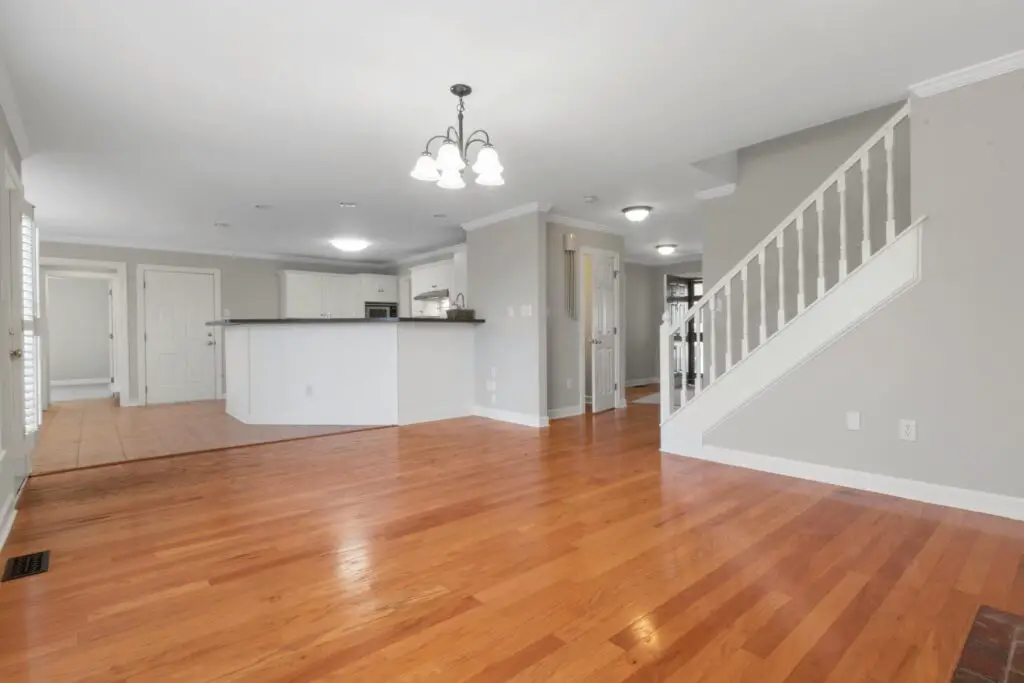
Glossy hardwood floors were once a symbol of elegance, but they have fallen out of favor due to their high-maintenance nature. The reflective surface highlights every scratch, footprint, and dust particle, making them difficult to keep looking clean. For homes with pets or children, the constant upkeep required to maintain a polished finish can be frustrating. Many buyers now see high-gloss floors as more of a hassle than a luxury.
Matte and satin-finish hardwood floors are now the preferred alternatives because they hide imperfections much better. These finishes provide a softer, more natural look while maintaining the timeless appeal of real wood. Buyers are drawn to flooring that looks beautiful without requiring frequent polishing. Homes with lower-maintenance hardwood options tend to attract more interest in today’s market.
6. Vinyl Sheet Flooring
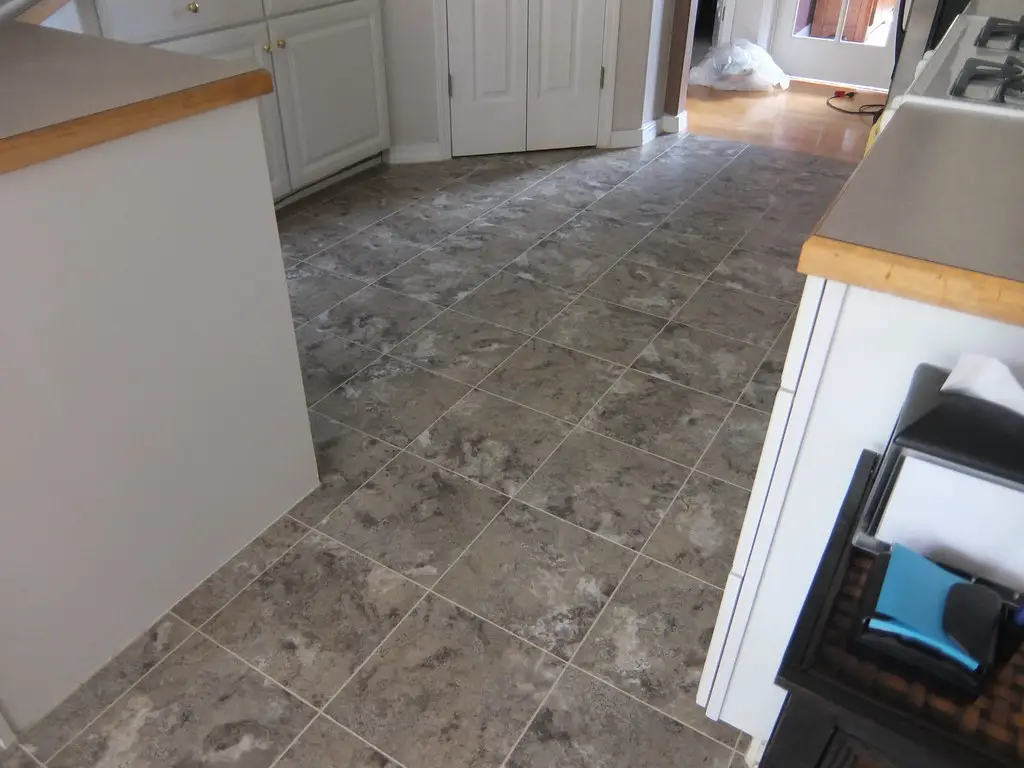
Vinyl sheet flooring was once a budget-friendly staple in kitchens and bathrooms, but its reputation has declined significantly. It can develop tears, bubbles, and discoloration over time, making it look cheap and worn. Unlike modern LVP or tile, vinyl sheet flooring lacks the durability needed to withstand heavy foot traffic for long periods. Many buyers associate it with outdated homes that require immediate renovations.
LVP and ceramic tile have largely replaced vinyl sheet flooring in kitchens and bathrooms. These materials offer greater longevity and aesthetic appeal while still being cost-effective. Buyers appreciate the realistic wood and stone looks that LVP can provide, as well as its superior water resistance. With the wide range of stylish and durable alternatives available, vinyl sheet flooring is no longer a top choice for home buyers.
7. Cork Flooring
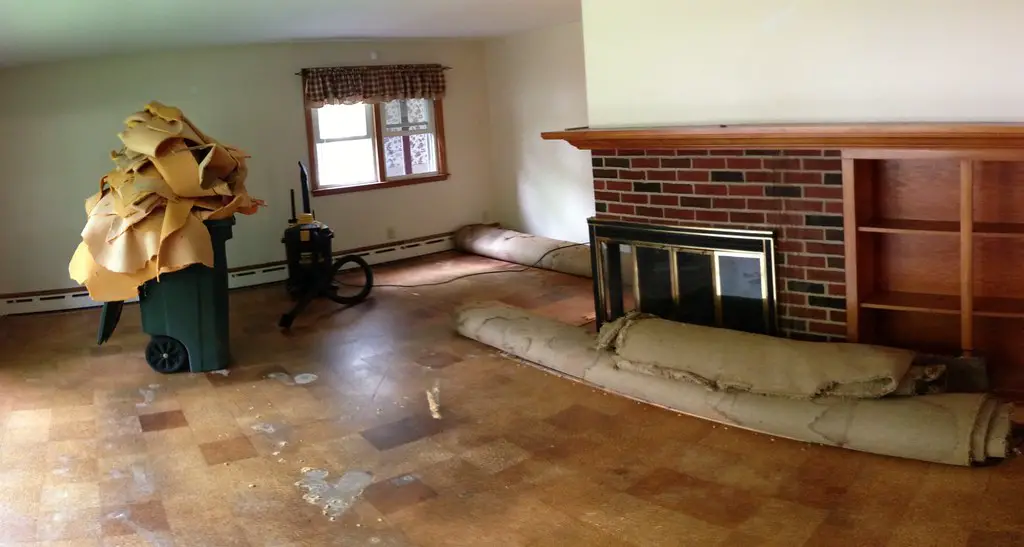
Cork flooring is often praised for its sustainability and comfort, but many buyers hesitate due to its drawbacks. It is highly susceptible to dents, scratches, and moisture damage, which can shorten its lifespan. Additionally, exposure to sunlight can cause cork to fade unevenly, leading to an inconsistent appearance over time. While eco-conscious buyers may appreciate its benefits, the high maintenance required makes it less appealing.
Instead, many buyers prefer bamboo or engineered hardwood as more durable, sustainable options. These materials provide a similar natural aesthetic while offering better resistance to wear and tear. Engineered hardwood, in particular, combines the beauty of real wood with enhanced moisture resistance. Buyers want flooring that aligns with their sustainability goals without sacrificing durability.
8. Dark-Colored Hardwood Floors

Dark hardwood floors once symbolized sophistication, but they are now seen as difficult to maintain. They highlight dust, pet hair, and scratches, making them a challenge for homeowners who prefer low-maintenance living. Constant cleaning and polishing can become exhausting, leading many buyers to seek alternatives. For those with active households, dark flooring is more of a liability than a luxury.
Medium or lighter wood tones are gaining popularity due to their ability to hide dirt and wear more effectively. These shades create a warm, open feel and complement a variety of home styles. Buyers want flooring that enhances a space while requiring minimal upkeep. As a result, dark hardwood is no longer the top choice it once was.
9. Unfinished Hardwood Floors
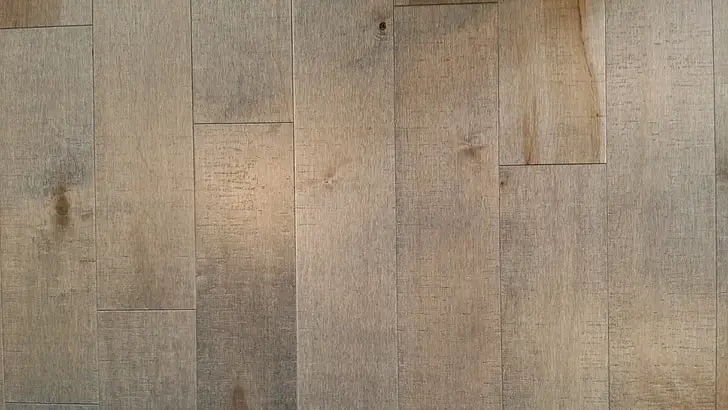
Unfinished hardwood floors, while once a staple in older homes, have fallen out of favor with today’s home buyers. These floors lack the protective finish that helps preserve the wood and make it resistant to stains, moisture, and wear. As a result, they require constant maintenance, such as sanding and refinishing, to keep them looking their best. Many buyers are hesitant to take on this responsibility and would rather choose a finished hardwood or alternative flooring that offers a polished, low-maintenance look right away.
Buyers prefer to see a home that’s move-in ready, and unfinished floors can signal to them that additional work is needed. Additionally, unfinished wood can sometimes appear rough or unfinished in terms of aesthetics, which detracts from the home’s overall appeal. With the advent of engineered wood and luxury vinyl plank options, there are now flooring materials that offer the beauty of hardwood without the upkeep. As a result, unfinished hardwood has become a less desirable choice for modern buyers looking for convenience and long-term durability.
10. Traditional Parquet Flooring

Parquet flooring, once a symbol of elegance and classic design, is no longer a sought-after choice for many home buyers. The intricate patterns and geometric designs can appear dated and out of step with modern aesthetics. While parquet floors can be beautiful when in good condition, the effort needed to restore them—especially in older homes—can deter potential buyers. Cracked tiles, discoloration, and warping are common issues in parquet flooring that can quickly reduce its charm.
Contemporary flooring options like sleek hardwood, polished concrete, or even large-format tiles are more in tune with current design trends. Buyers prefer simpler, cleaner lines and larger floorboards, which create a more open and modern feel. Parquet flooring can also be expensive and labor-intensive to repair or replace, which makes it less attractive to those looking to avoid renovation costs. For those who appreciate the look of wood, options like engineered hardwood or luxury vinyl are more popular choices today, offering the same warmth without the challenges of maintaining parquet.
